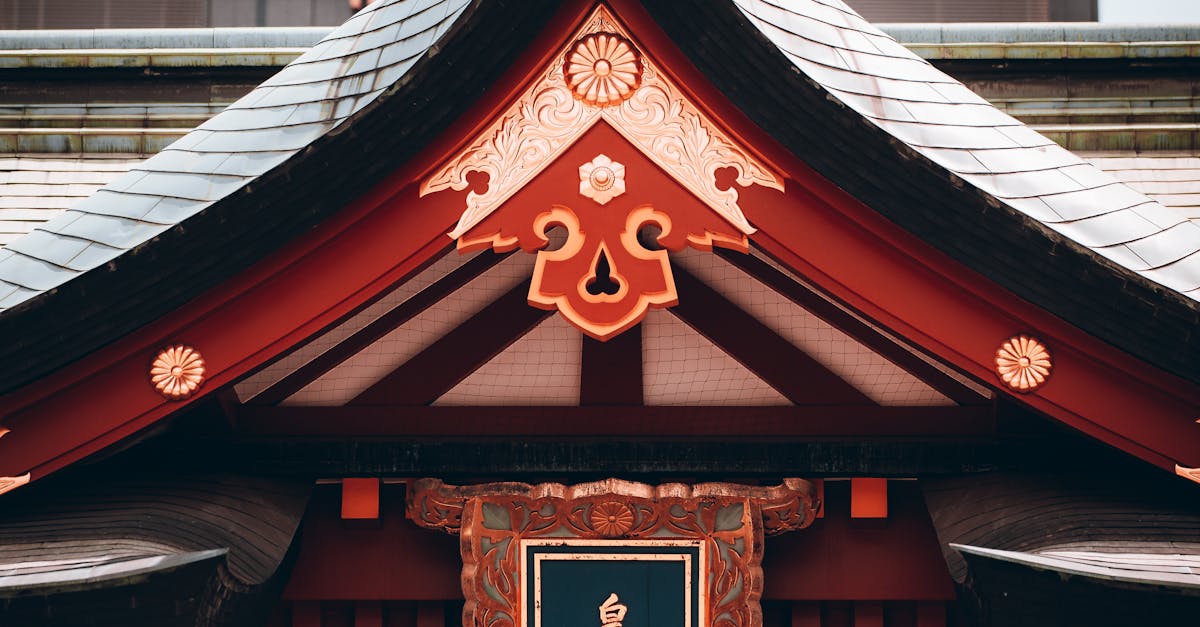Historical Significance of Terracotta Tiles in Colorbond Roof Replacement
Comparing Quotes for Colorbond Roof Replacement
Colorbond Roof Replacement Melbourne
Table Of Contents
Environmental Impact of Terracotta vs Colorbond Roofing
Terracotta and Colorbond roofing materials both have distinct environmental impacts, with each offering its own set of benefits and drawbacks. Terracotta tiles are considered a more natural and eco-friendly option compared to Colorbond due to their clay composition, which is a renewable resource. The production process of terracotta tiles generates less carbon emissions and energy consumption, making them a favourable choice for environmentally conscious homeowners. However, it is essential to note that terracotta tiles can be heavier than Colorbond sheets, potentially requiring additional structural support during installation.
Conversely, Colorbond roofing, while not as environmentally friendly as terracotta, offers its own sustainability advantages. Colorbond is fully recyclable, and many manufacturers use recycled steel in the production process, reducing the demand for raw materials. Additionally, Colorbond roofs are known for their durability and longevity, requiring minimal maintenance over their lifespan. This longevity can help reduce the overall environmental impact by decreasing the need for frequent replacements or repairs.
Sustainability Factors of Terracotta and Colorbond Materials
ing homeowners save on heating and cooling costs over time. The ability of Colorbond roofing to reflect heat away from the house during hot Australian summers can lead to reduced air conditioning usage and lower energy bills. With its long lifespan, minimal maintenance requirements, and energy-saving properties, Colorbond roofing emerges as a financially viable choice for homeowners looking to invest in a durable and sustainable roof replacement option.
Costeffectiveness of Colorbond Roofing SolutionsTable Of Contents
Colorbond roofing solutions are well-regarded for their cost-effectiveness in the realm of roof replacement. The initial investment in Colorbond may appear higher than some traditional roofing materials like terracotta, however, the long-term benefits outweigh the upfront costs. Colorbond roofs are known for their durability and longevity, requiring minimal maintenance over the years. This translates to lower repair and upkeep expenses in the future, making it a cost-effective choice for homeowners looking for a reliable roofing solution.Negotiating and Finalizing the Quote
Moreover, Colorbond roofs are designed to withstand harsh Australian weather conditions, providing excellent protection against rain, wind, and UV exposure. This durability ensures that replacement or repairs are less likely to be needed in comparison to other roofing materials, resulting in reduced expenses over the lifespan of the roof. When considering the overall cost-effectiveness of a roofing solution, Colorbond emerges as a compelling choice due to its resilience, longevity, and minimal maintenance requirements.
FAQSPayment Terms and Schedule
Are terracotta tiles environmentally friendly compared to Colorbond roofing?Seeking Warranty and Insurance Information
Terracotta tiles are considered more environmentally friendly than Colorbond roofing as they are made from natural clay that can be easily recycled and have a lower carbon footprint.
How do the sustainability factors of terracotta and Colorbond materials differ?Coverage and Duration
How can I understand the installation process for Colorbond roof replacement?
Negotiating and Finalizing the Quote
When negotiating quotes for Colorbond roof replacement, it is important to thoroughly review the breakdown of costs provided by each contractor. While comparing different quotes, pay close attention to the specific materials, labor charges, and any additional fees mentioned. This detailed analysis will help you understand the value offered by each provider and make an informed decision based on both quality and affordability.
After reviewing and comparing the quotes, it is time to finalize your decision. Contact the chosen contractor to discuss any potential adjustments or clarifications needed before confirming the agreement. Make sure that all aspects of the project are clearly outlined in the final quote to avoid any misunderstandings or surprises later on. Once you are satisfied with the terms and pricing, proceed to confirm the contract and set a timeline for the Colorbond roof replacement project.
Payment Terms and Schedule
When finalising the agreement for your Colorbond roof replacement, it is crucial to discuss and confirm the payment terms and schedule with the contractor. Typically, contractors may require a deposit upfront before commencing work. The remaining balance can then be paid in instalments as the project progresses or upon completion. It is essential to clarify the payment schedule beforehand to avoid any misunderstandings or delays in the payment process.
Moreover, it is recommended to inquire about the accepted payment methods, such as bank transfer, credit card, or cheque, to ensure a smooth transaction process. If there are any specific payment preferences or limitations from either party, they should be discussed and agreed upon in advance. By establishing clear payment terms and a schedule that works f